Discovery
Contents
- 1. 4000 BC to the 1500's — Geocentric Era
- 2. 1500's to current — Heliocentric Era
- 3. Most Notable Space Missions
- 4. Video Gallery
Since the dawn of man, the universe has been a mysterious wonder that has captivated and influenced our evolution. Every culture throughout history has stories and religious beliefs that involve the stars, moons, planets, and even the sun. This fascination as time moved on became a catalysis for the birth of the astronomer as ancient "scientists" began to ponder, what is out there? Today, we have a greater understanding of the universe and a basic knowledge through current technologies of what is beyond our own planet. However, as much as we know, there is so much more that we still have yet to learn.
In the distant past, there have been many correlations between religious ceremonies and beliefs that centered around the planets of our solar system. Ancient civilizations such as the Mayans, Incas, and Egyptians studied the celestial bodies that surrounded our planet and used this information to mark certain events such as when to prepare the soil for planting and when to begin harvesting. Religious rites were centered around the celestial positions determined by astronomer priest during the ancient times and in some regions of the Earth still are. Whatever the reasons for man to look towards the heavens, this was the beginning of the study of the universe and its planetary systems.
4000 BC to the 1500's - Geocentric Era
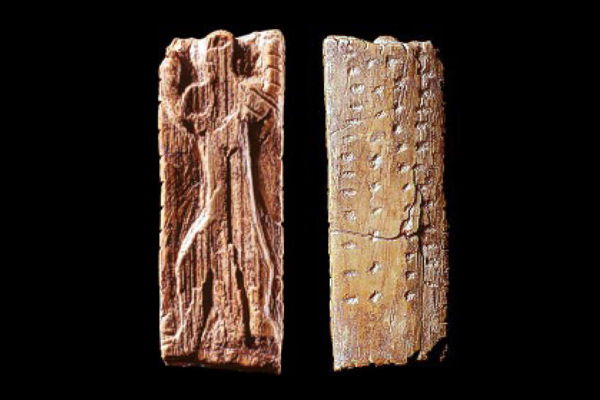 Constellation of Orion on an ivory tablet / donsmaps.com
Constellation of Orion on an ivory tablet / donsmaps.comAn image of the Orion constellation was found on an ivory tablet dating as old as 32 thousand years, however, the first recordings showing the practice of astronomy began about 4 thousand B.C. Images from various cultures depicted the Earth as being flat and the sun as a God moving across the heavens disappearing beneath the world and returning to view the next morning. Night scenes show billions of stars filling the sky with the moon (usually depicting a Goddess) hovering in the heavens watching over the world until the sun could reappear. This was a common image of the sun and moon found in many engravings and religious temples from this time period. Although the God and Goddess (Sun and Moon) had different names, the concept of them was the same.
It was also about this time that shamans, medicine men, and tribal leaders began observing the heavens to aid them in making decisions and predictions based on astronomical occurrences. By keeping track of celestial bodies such as the sun and moon, it gave them an idea of when to plant and harvest crops. They interpreted the proper days to hold ceremonies that appeased their Gods for continued prosperity of the people. Ancient Mesopotamian tablets show priest standing atop pyramid like towers (called Ziggurats) watching the skies and keeping track of the celestial bodies they are able to see with the naked eye.
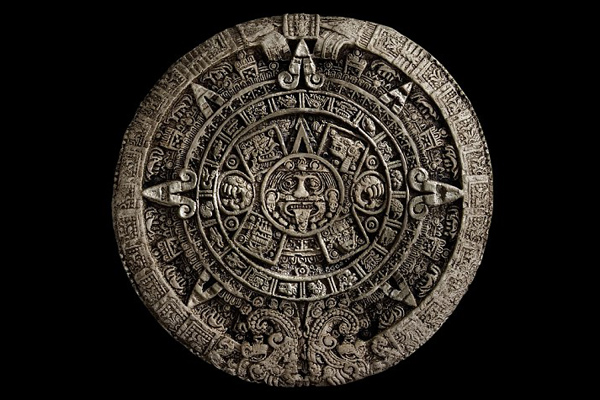 Ancient Mayan Calendar / co.uk
Ancient Mayan Calendar / co.ukDuring this time period a form of calendar came about as well. Each culture used a different means of tracking days and seasons based on these calendars. Some calendars focused on solar and some focused on lunar positions. The calendars we use today modeled after these earlier systems but primarily follow the solar calendar more so than the lunar one, however, some religions and cultures in the world still use the lunar calendar long side the solar one to this day.
As time progressed, constellations became the focal point for location determination and directions for travelers, particularly sailors. Constellations are currently still used in astronomy for mapping celestial objects locations and projected locations. This is also when a geocentric concept was developed as ancient "astronomers" came to the idea that the sun and other celestial objects revolved in a perfect circle around the Earth and not the other way around.
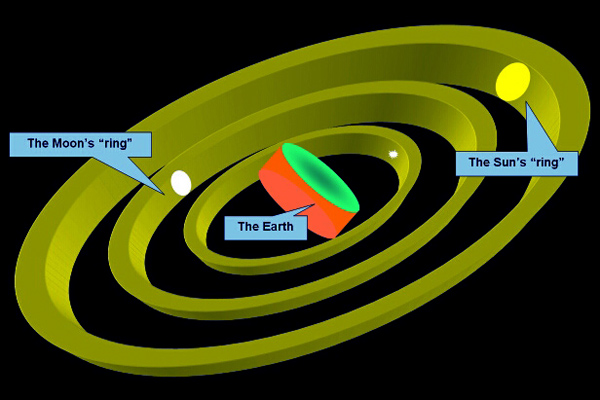 Anaximander's universe / edu.au
Anaximander's universe / edu.auAround 600 B.C., Greek astronomer Anaximander suggested that the Earth is not flat but instead rounded based on tales from sailors who stated that a different set of constellations could be seen as they traveled further North or South when sailing. It would be several hundred years before the idea that the world is round and not flat would be accepted but this is the first concept of it. It was about this time that the idea that the Earth also rotated on an axis first appeared as well. This concept was discovered by Heraclides Ponticus a Greek philosopher and astronomer sometime in the late 300 B.C. era. He believed that the only way to explain the path in which the sun, moon, and stars moved could only be explained in this way.
It was in 250 B.C. the first measurements of the size of the Earth came about by Eratosthenes using geometry. The basic concept was that when in Syene during the summer solstice, he noticed the sun was directly over head. However, when he was in Alexandra on the same day a year later, which was further North, the sun was at an angle and not over head at the same moment in Syene. He determined this angle was 7.2 degrees which is 1/50th of a 360 degree circle. He also surmised that the angle of the shadows cast from the sun between Alexandra and Syene would be about the same as it would be from the center of Earth. Using these three points of reference and the distance between Alexandra and Syene he was able to calculate the size of the Earth within 1% to 16% accuracy.
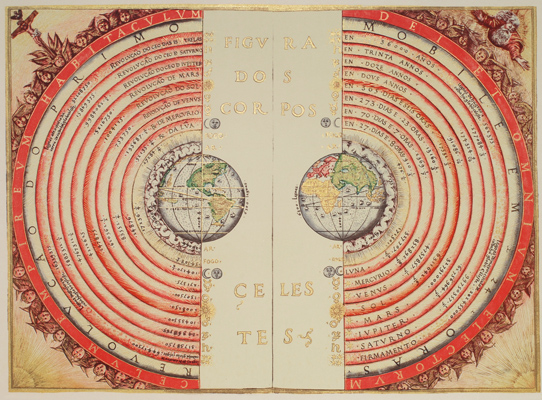 An illustration of the Ptolemaic geocentric system by Bartolomeu Velho, 1568 / wikimedia.org
An illustration of the Ptolemaic geocentric system by Bartolomeu Velho, 1568 / wikimedia.orgAround the same time Aristarchus determined the distance between the Earth and Moon using trigonometry by measuring the length of a lunar eclipse and comparing it to the length of the month. He then takes this information and begins to find the distance between the Earth and the Sun. During his calculations he came to realize that it was not the Sun that circled the Earth but the Earth that circled the Sun. However, this idea did not take root because there was no evidence to support his theory at the time.
Although the concept of a heliocentric universe was first introduced during the latter part of this time frame, it was not until in the 1500's that the idea took root. Many astronomers who came to believe in the heliocentric idea, risked their lives and social standing to deliver this concept. This is also when an interest in astronomy and the worlds beyond our own began to flourish much more so than before. Technology also began to push forward as better methods for "seeing" the universe came about.
1500's to current - Heliocentric Era
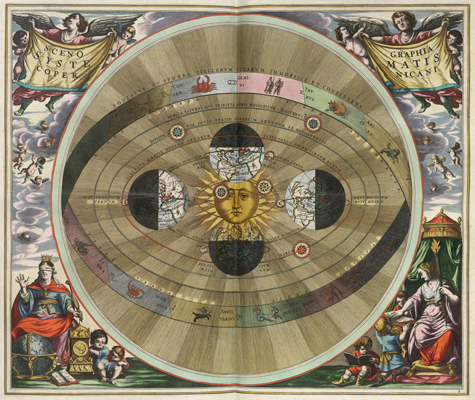 Scenography of the Copernican world system / uu.nl
Scenography of the Copernican world system / uu.nlDuring this time, astronomers were still viewing the universe through the naked eye. A larger part of the planets we know today had yet been discovered and much of what is known is based on theories determined by calculations made by mathematicians and astronomers. Frustrations of being unable to prove many of these theories prompted the creation and advancements of telescopes for viewing what astronomers were calculating. This would come about sometime during the 1600's when the first telescope emerged in the scientific community.
Invention of the telescope by Hans Lippershey gave astronomers the medium they so sought for to prove their theories. Being capable of seeing the universe beyond our world opened a whole new understanding of what was out there and the heliocentric idea was proven and has now taken root in society. With this came more questions that needed an answer. How big was our universe, What else is out there, Who else is out there... along with thousands of other questions that we have yet to answer. With each passing era the telescopes became more and more powerful allowing both professional and amateur astronomers to view further into our solar system. Discoveries of planets not known before were found along with other celestial bodies that were hidden from us in the past.
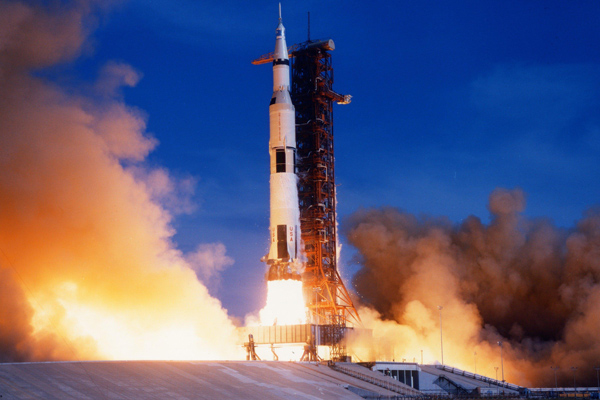 Apollo 11 launch / nasa.gov
Apollo 11 launch / nasa.govIt would not be until the 1900's when the universe came more into focus. During the 1960's the cold war between the United States and Russian spurred on the Space Race, each country determined to become the first to have a successful mission into space. This is about when NASA (Nation Aeronautics Space Administration) began to gain notoriety. On April 12, 1961 Yuri Gagarin was the first human in space. On July 20, 1969 Neil Armstrong was the first human to set foot on a celestial object, our moon. These accomplishments opened the doors to the universe as never before. Allowing us the chance to prove or disprove ideas that were mere theories for centuries.
Technological advancements rapidly increased as a result of this time period. Between 1966 and 1972 four satellites, Orbiting Astronomical Observatories (OAO), rocketed into space for further exploration. Two of these satellites were such a success that it instigated the Hubble Space Telescope program in 1990. Hubble is a long range telescope that stays within low Earth Orbit (below an altitude of 2,000 km or 1,243 miles). With Hubble we have come to a greater understanding of our own solar system than ever before. Size, composition, and behavior of various known planets and newly discovered planets and objects within our solar system where explored through the Hubble Space Telescope.
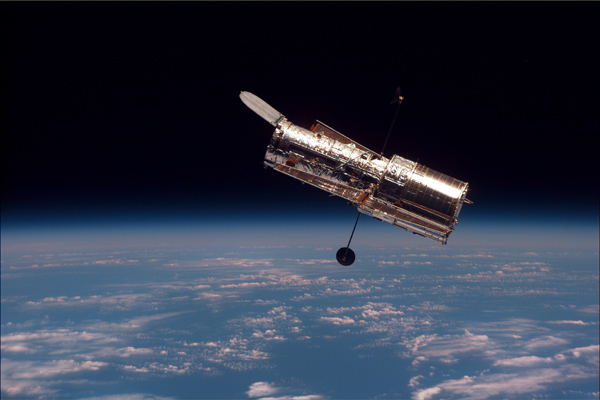 Hubble Space Telescope / nasa.gov
Hubble Space Telescope / nasa.govWith this came a stronger need to explore our universe. Probes such as Voyager I and II, Deep Impact, and Rosetta went forth each carrying a single directive, explore and send back information. Images and spectrograph of various celestial objects from the far reaches of our solar system received from these missions gave us a clear view of what is out there, solving many of the mysteries that man has pondered since the first person looked up towards the heavens.
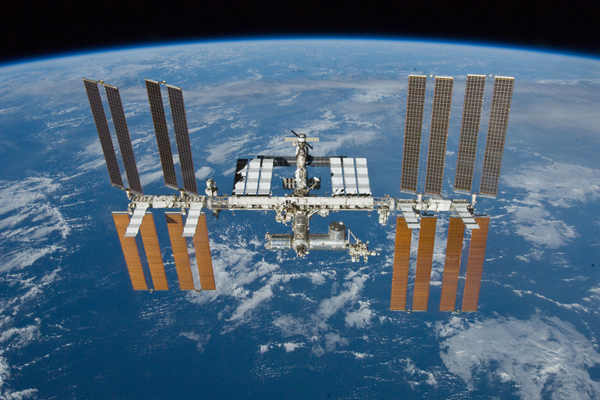 International Space Station / iflscience.com
International Space Station / iflscience.comIn 1998, the first joint effort space station ISS (International Space Station) began between various countries interested in further exploration of the solar system. The ISS also included research in biology, human biology, physics, meteorology, and various other fields. This station has held a crew continuously for the past 15 years with a 6 month rotation for each crew member. There were 4 other space stations before ISS, three of which designed and launched by Russia (Salyut, Almaz, and Mir) and Skylab by the US, but these stations were primarily for military use and not so much for science. These stations, though still very much active, are not in much use today.
Today, many achievements have occurred in the world of Astronomy. Much of what was unknown is known, but we still have so much more to learn. Our ability to reach beyond our planet to explore other worlds is quickly coming, with each new achievement bringing us closer to breaking the confines of our own little world. Projects such as the Mars Rovers, launched starting in 1971, was a major mile stone for astronomers as they were able to explore another world other than our own moon for the first time. Future projects for settlement of planets such as Mars have already begun, bringing us closer to the Hollywood science fiction predictions of exploration and colonization of the universe. It also gives us a closer look at our closest solar system neighbors in our quest to better understand how the universe formed and where it is going in the future.
Most Notable Space Missions
Although there were many accomplishments in the world of astronomical sciences over the centuries, the most notable have occurred most recently starting from the 1970's to date. These events offered people an amazing view of our solar system and provided new discoveries never conceived. Many of the probes sent over the years are still out there recording data, though some are no longer sending information back at this time, scientists expect their return so that the data will be available for collection later.
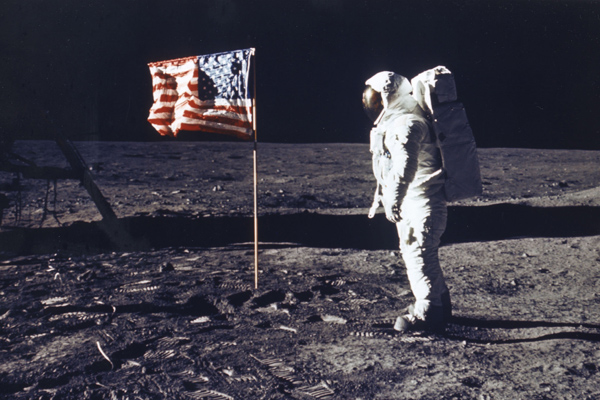 Buzz Aldrin is photographed by Neil Armstrong on the Moon / nasa.gov
Buzz Aldrin is photographed by Neil Armstrong on the Moon / nasa.govApollo — this was one of the most notable missions in the history of man. The Apollo, launched in 1969, was the first manned space craft to land on a foreign object, our moon. Carrying a three-man crew Neil Armstrong, Buzz Aldrin, and Michael Collins were the first men to reach the moon and return to Earth. On July 20, 1969, Neil Armstrong emerged from the Apollo space craft and the famous line "One small step for man, one giant leap for mankind" was heard as he placed the first human foot print on the surface of the moon.
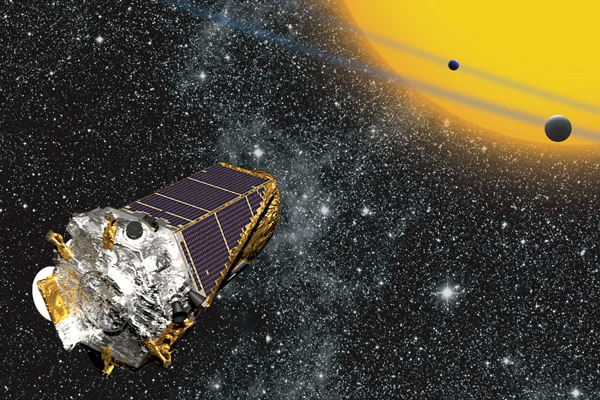 Artist's impression of Kepler / nasa.gov
Artist's impression of Kepler / nasa.govKepler — launched in 2009, is a large telescope that trails behind the Earth as it makes its rotation about the sun. This telescope examines the brightening and dimming of the stars in other systems giving us information on what other planets are out there. So far, as of this year, the Kepler telescope has discovered 4,302 objects in other systems called exoplanets (planets in other solar systems). These discoveries can help scientist to discover possible Earth type planets in our neighboring systems for future exploration and settlement or even the discovery of intelligent life abroad.
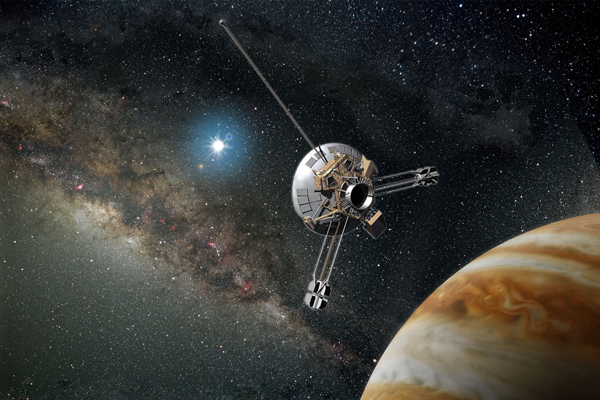 Artist's impression of Pioneer 10 / nasa.gov
Artist's impression of Pioneer 10 / nasa.govPioneer 10 and 11 — at this current time, these two probes are no longer sending back information however, they are still active and have moved into the outer area of our solar system. During their first launches in 1972 and 1973, they sent back the most amazing images of Jupiter, Saturn, Neptune, the asteroid belt, and much more. For the first time astronomers were able to get a full view of gas giants Jupiter and Saturn's rings as well as Jupiter's red-eye. Pioneer 10 also traveled to the asteroid belt located between Mars and Jupiter a year and a half after it was first sent into space. Pioneer 11, during its flyby of Saturn sent back images of previously unknown moons and a new ring around the same time.
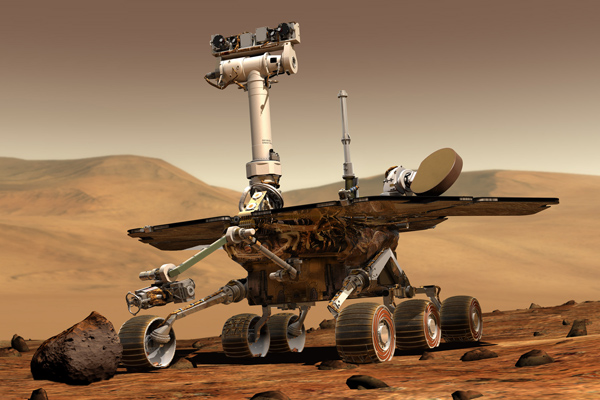 Artist's conception of rover on Mars / nasa.gov
Artist's conception of rover on Mars / nasa.govSpirit and Opportunity — rovers launched in 2004 were on a mission to explore the red planet, Mars. Intended to last only 90 days, these two rovers have shocked and amazed the world by remaining active and vigilant in their missions to this day, 13 years later. These two rovers, although not the first ones sent to Mars, have sent back incredible information and including the discovery that here is liquid water on the planet.
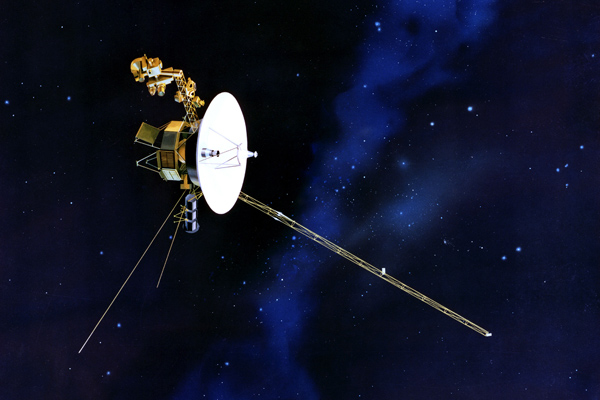 Artist's Concept of Voyager / nasa.gov
Artist's Concept of Voyager / nasa.govVoyager 1 and 2 — everyone has at one time or another heard of the Voyager probes. Famous for their missions to explore various planets and moons in our system including the Moons of Jupiter, the planets Saturn, Neptune, and Uranus. Voyager 1 was even depicted in the science fiction movie Star Trek, returning home from its long exploration to upload its observations to its creator. These two probes are now located near the edge of our solar system collecting data on the areas of our system we are unable to see. They still contain enough power within their systems to stay active and send back data all the way up until 2025, showing us the deeper regions of our solar system.
Video Gallery

-
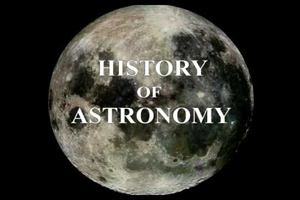 History of astronomy
History of astronomy
-
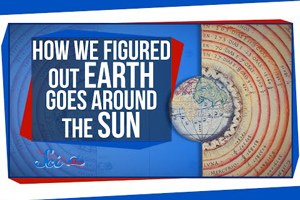 How We Figured Out That Earth Goes Around the Sun
How We Figured Out That Earth Goes Around the Sun
-
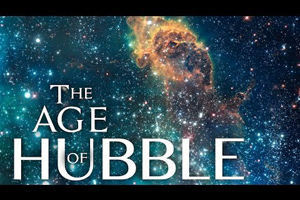 Cosmic Journeys - The Age of Hubble
Cosmic Journeys - The Age of Hubble
-
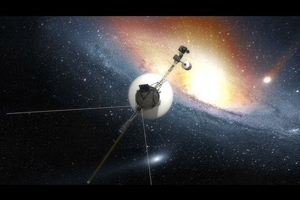 Voyager - Journey to the Stars
Voyager - Journey to the Stars